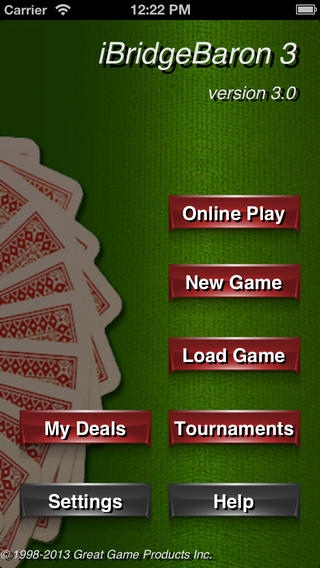

Either opponent may double before the lead to the first trick, and if doubled, the dealer's side may redouble. In either case the dealer's partner is dummy. In Bridge-Whist there is no bidding at all - the dealer either names a trump suit or passes, in which case the dealer's partner must choose trumps. Here is a link to the earliest published rules of Bridge, which appeared in 1886 under the name Biritch or Russian Whist. In Auction Bridge, overtricks count towards making game, so it is only necessary to bid high enough to win the contract - there is no incentive to bid all the tricks you can make.īefore Auction Bridge there was Bridge-Whist or Straight Bridge (at the time this game was just called Bridge). Two types of Duplicate Bridge will be covered:Ĭhicago is a version of Bridge played by four people over four deals.Ĭontract Bridge developed in the 1920's from Auction Bridge, which is different mainly in the scoring. There are some significant differences in the scoring.

At least eight players are required for this. The game is basically the same but the luck element is reduced by having the same deals replayed by different sets of players. Informal social Bridge games are often played this way, and Rubber Bridge is also played in clubs for money.ĭuplicate Bridge is the game normally played in clubs, tournaments and matches. Rubber Bridge is the basic form of Contract Bridge, played by four players. There are clubs, tournaments and championships throughout the world. Bridge currently occupies a position of great prestige, and is more comprehensively organised than any other card game. Bridge Equipment Suppliers and other Bridge related pagesĬontract Bridge was invented in the 1920's and in the following decades it was popularised especially in the USA by Ely Culbertson.


 0 kommentar(er)
0 kommentar(er)
